Choosing an administrative center after a provincial merger is not only an administrative factor but also affects the socio -economic development of the locality.
The policy of merging provincial administrative units is receiving great attention from public opinion. One of the notable issues is the selection of a new provincial administrative center after the merger, as this is not only an administrative factor but also affects the socio-economic development of the locality.
Industry and Trade Newspaper reporter had an interview with Prof. Dr. Tran Ngoc Duong - former Deputy Head of the National Assembly Office.
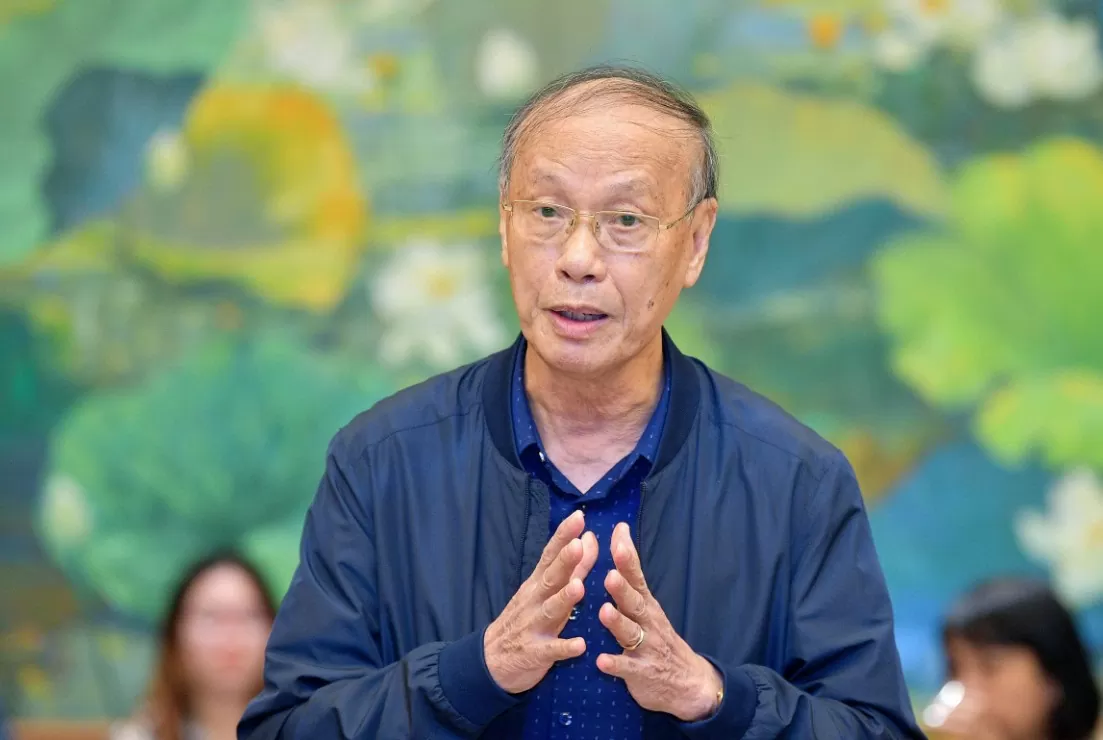 |
| Prof. Dr. Tran Ngoc Duong - former Deputy Head of the National Assembly Office |
Balance between geography, economy and population
- In your opinion, what is the most important criterion when choosing the administrative center of a new province after the merger?
Prof. Dr. Tran Ngoc Duong: There are many different opinions on the issue of choosing an administrative center. Choosing an administrative center after the province merger is not only a geographical issue but also involves the interests of many stakeholders. Therefore, there needs to be specific criteria, which cannot be imposed subjectively.
Firstly, the administrative center should be located in a relatively central location of the new administrative unit to ensure geographical balance, creating favorable conditions for people in different areas to access.
Second, the facilities, infrastructure and working conditions at the selected location must ensure that they meet the requirements of management and operation. The location must have a convenient transportation system, helping people easily access administrative services. The administrative center cannot be located too far away, making it difficult for people to travel and carry out administrative procedures.
However, in practice, considering many different criteria can lead to debate and conflicting views. Therefore, in addition to a full analysis of the factors, there is also a need for centralized, decisive direction from the top to ensure that the process of selecting an administrative center is quick, reasonable and effective. This is a combination of the principle of democratic centralism and the common interests of the locality.
Population migration has not had too strong an impact.
- Relocating the administrative center may lead to population displacement and changes in urban structure. How do you assess these impacts?
Prof. Dr. Tran Ngoc Duong: I think that the relocation of the administrative center will certainly have impacts on the population structure and urban development of the locality. However, in the current conditions of our country, this impact is not as strong as in developed countries. Due to the difficult socio-economic conditions, migration to the new administrative center can take place but not too large.
The Party and State's policy is to develop evenly among regions, not just focusing on certain areas. This means that even if a locality is not chosen as the administrative center of the province, that area will still be oriented to develop based on its own socio-economic strengths.
In fact, people tend to migrate to places with potential for economic development and good job opportunities, instead of just focusing on where administrative headquarters are located.
If the new administrative center is planned and invested properly, with additional supporting factors such as synchronous infrastructure, industrial zones, commercial service areas, etc., the ability to attract residents will be higher. On the contrary, if this area is simply a place to locate government agencies without economic development motivation, the attraction to residents will be very limited.
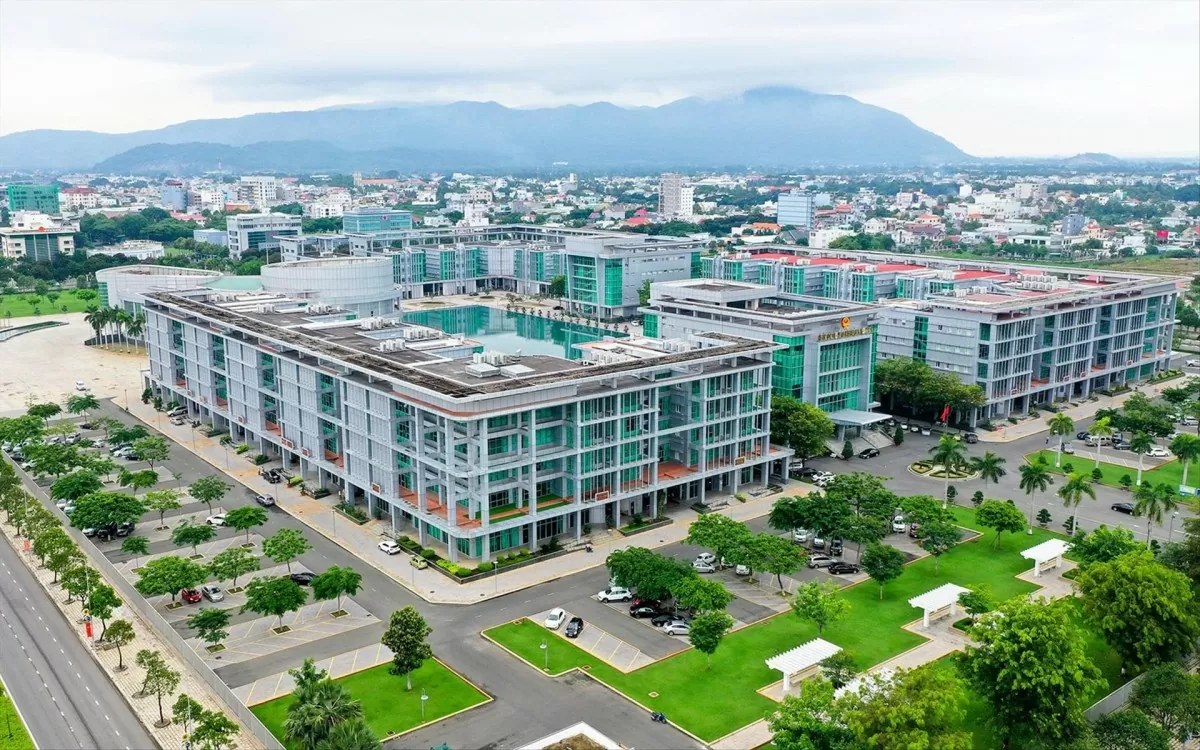 |
| The Ba Ria - Vung Tau Provincial Public Administration Center is built spacious and modern. Illustrative photo |
New administrative names do not erase cultural values
- The policy of merging provincial administrative units has received public approval, but there are many proposals for naming after the merger. What is your opinion on this issue?
Prof. Dr. Tran Ngoc Duong: I see that this issue has been discussed quite a lot on forums and social networks. This is a reality, a story worth thinking about.
In my opinion, if the name of the new province can cover all the merged localities, reflecting the population characteristics, traditions and customs of the region, then that is the optimal solution. However, if it is not possible to find a short name that is still able to express the local identity, then it is possible to consider keeping the name of one of the merged provinces.
For example, if Quang Binh and Quang Tri merged, it might be considered keeping one of the two names or finding a new name with a more general meaning.
Naming a province needs to be carefully considered, based on the traditions, customs and wishes of local officials and people. People should not worry that if their province name is no longer included in the new name, the local identity will be obscured or erased from the map. Because the administrative name does not determine the cultural and historical value of a land. The beauty of national traditions, culture and history will still be preserved in life, in culture and official documents.
Therefore, taking the name of a province to name a new province does not mean that the name of the old province is erased or disappears. In books, history, culture and people's lives, the old place names still have their mark and continue to exist. What is more important is that after the merger, the localities have the conditions to develop strongly, improving the quality of life for the people.
On February 28, the Politburo and the Secretariat issued Conclusion 127, assigning the Government Party Committee to coordinate with the Central Organizing Committee, the National Assembly Party Committee, the Fatherland Front Party Committee, central mass organizations and relevant agencies to direct research, develop a project, and submit to the Politburo on merging a number of provincial-level administrative units, not organizing at the district level; and continue to merge commune-level administrative units. On March 11, the Government Party Committee agreed to submit to competent authorities a plan to merge and reduce 50% of provincial-level administrative units and 60-70% of grassroots-level units compared to present. |
Thank you!
Source: https://congthuong.vn/tieu-chi-chon-trung-tam-hanh-chinh-sau-sap-nhap-tinh-378672.html


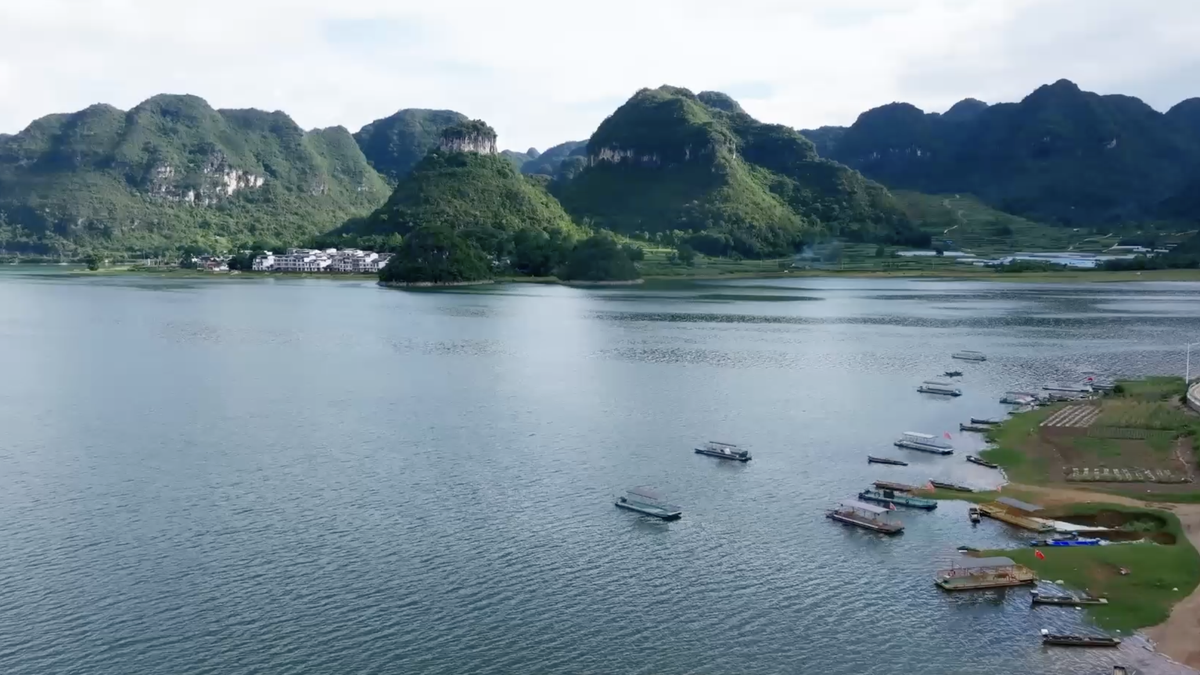




![[Photo] General Secretary To Lam and National Assembly Chairman Tran Thanh Man attend the 80th Anniversary of the Traditional Day of the Vietnamese Inspection Sector](https://vphoto.vietnam.vn/thumb/1200x675/vietnam/resource/IMAGE/2025/11/17/1763356362984_a2-bnd-7940-3561-jpg.webp)


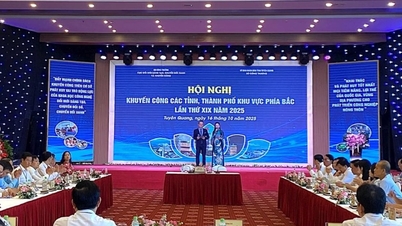





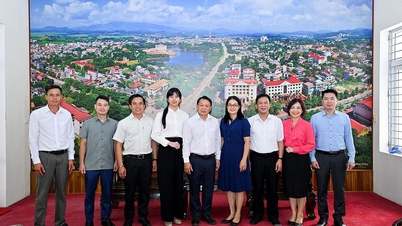



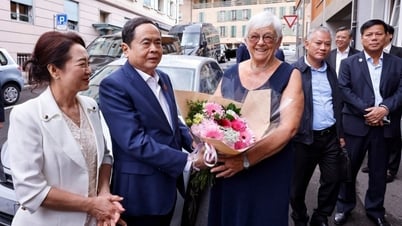

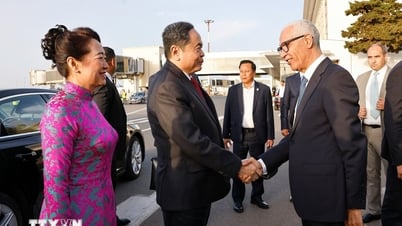

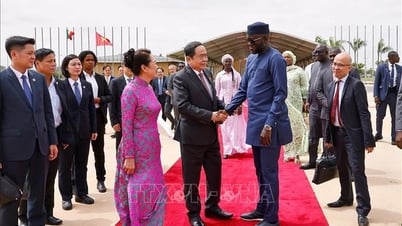



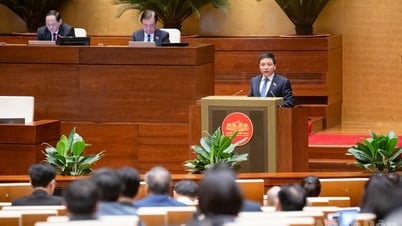
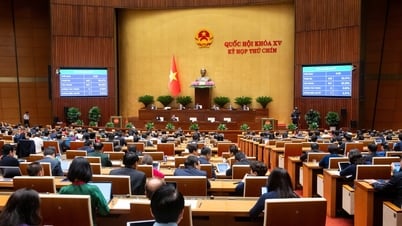





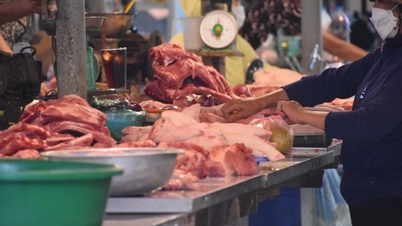
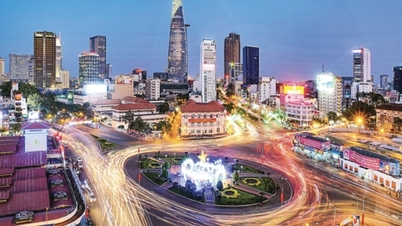
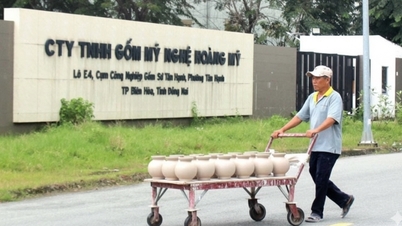

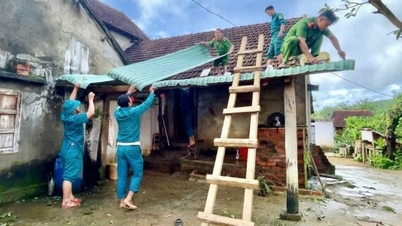




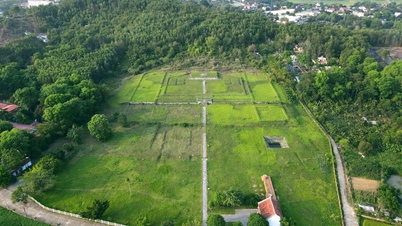












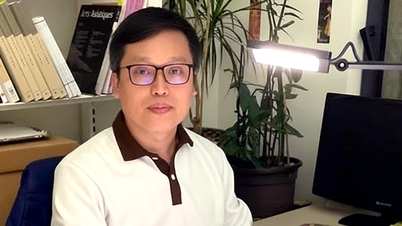



















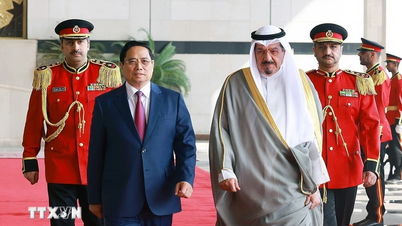







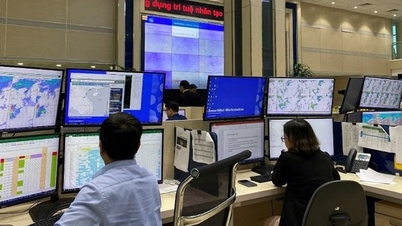










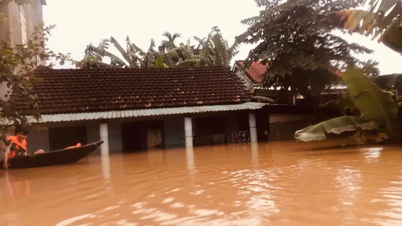






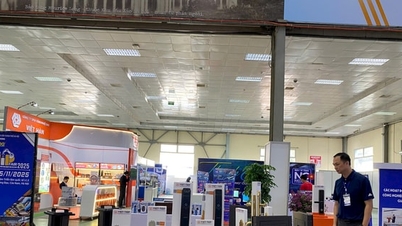



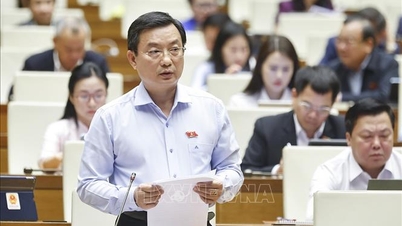





Comment (0)